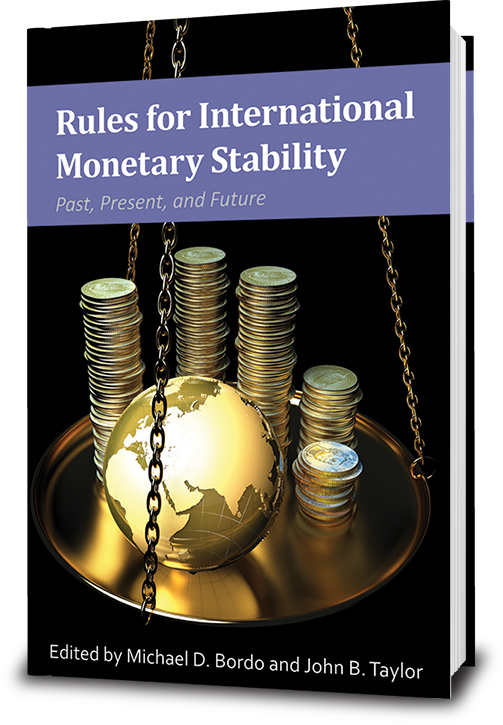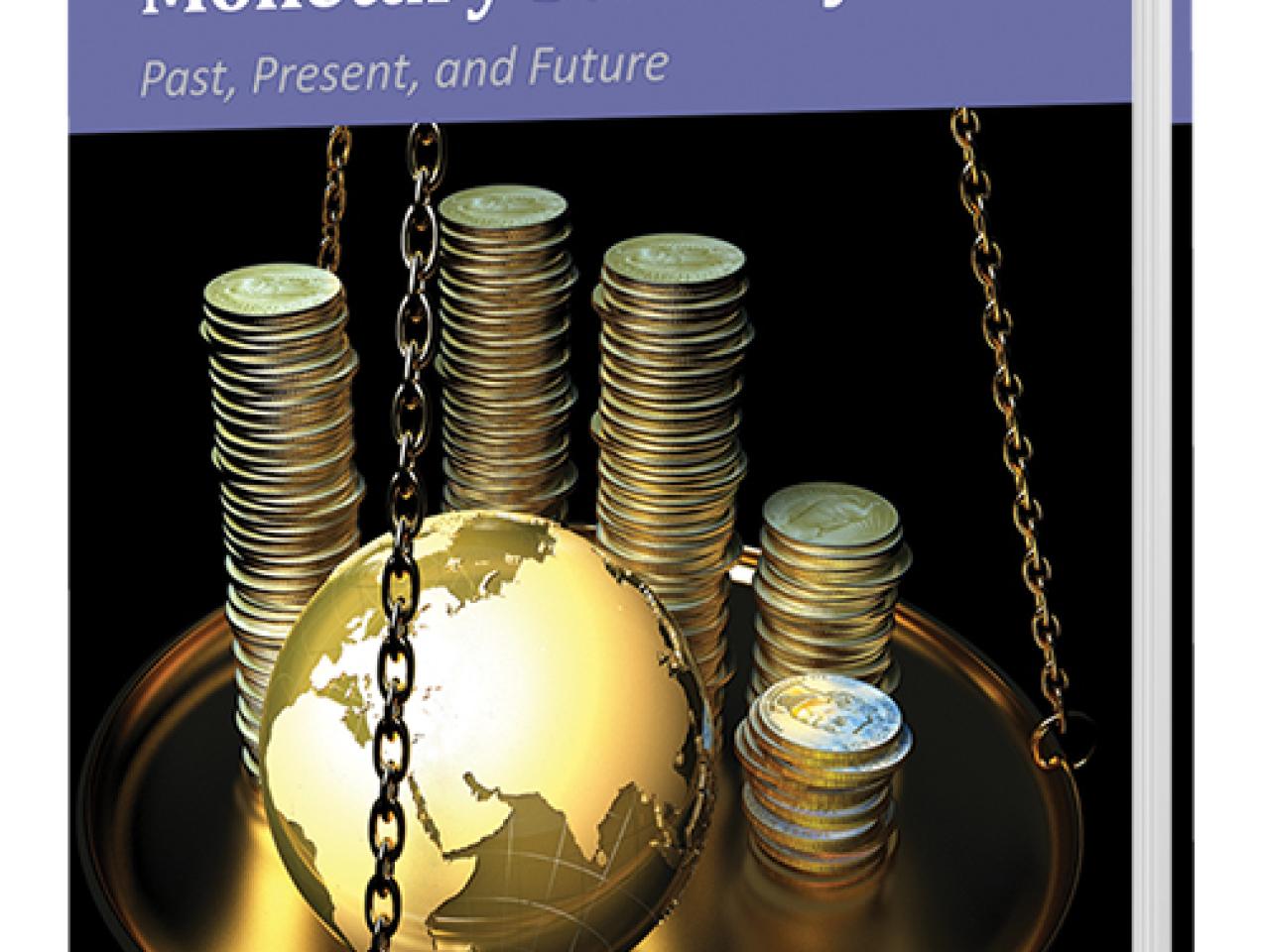
The perceived negative consequences of spillovers from the actions of central banks around the world have led to increasing calls for international monetary policy coordination. Rules for International Monetary Stability reports on the results of a Hoover Institution conference that brought together academics, financial experts, and policy makers to focus on the need for a classic rules-based reform of the international monetary system. A distinguished group of participants included four Federal Reserve Bank presidents and numerous other representatives from the Federal Reserve System, academia, the financial sector, and business media.
Five of the book’s chapters cover international monetary policy interactions from varying perspectives: theoretical, empirical, and historical, followed by two chapters that contain the discussions of policy panels by practitioners and policy makers. Contributors focus on the deepening links of international monetary policy regimes, exchange-rate volatility, and international capital flows as well as next steps for central banks as they assess the results of unconventional monetary interventions. All the chapters include an edited transcript of the general discussion by the participants in the conference.
Download PDFs of individual chapters below.
CHAPTER 1: Monetary Policy Independence under Flexible Exchange Rates
by Sebastian Edwards
For central bankers from around the world, the years 2013 to 2015 were years of great apprehension as they waited for the Federal Reserve to make up its mind and to begin raising policy rates.
CHAPTER 2: The International Impact of the Fed When the United States Is a Banker to the World
by David Beckworth and Christopher Crowe
The past few decades of globalization have seen a sharp rise in cross- border capital flows as the world has become more financially integrated. Countries’ gross external positions have ballooned, while net positions—referred to as global imbalances—have widened.
CHAPTER 3: A Journey Down the Slippery Slope to the European Crisis
by Varadarajan V. Chari, Alessandro Dovis, and Patrick J. Kehoe
This paper is an attempt to develop a consistent intellectual framework to think about the forces that led to the formation of the European Monetary Union and the challenges it has faced.
CHAPTER 4: The Fundamental Structure of the International Monetary System
by Pierre-Olivier Gourinchas
In a stabilized world, a recession in one part of the world economy is balanced by expanded lending by the depressed country
CHAPTER 5: Monetary Policy Cooperation and Coordination
by Michael D. Bordo and Catherine Schenk
Events since the financial crisis of 2007–2008 have led to renewed interest in monetary policy cooperation and coordination (Frankel 2015).
CHAPTER 6: Rules-Based International Monetary Reform
by John B. Taylor, Richard Clarida, and George P. Shultz
For nearly two decades in the 1980s and 1990s, economic performance and stability improved in major parts of the world as monetary policy tended to be more focused and rules based.
CHAPTER 7: International Monetary Stability and Policy
by James Bullard, Robert Kaplan, Dennis Lockhart, and John C. Williams
Should monetary policy be better coordinated across countries? This has been a classic question in international macroeconomics. In recent years, this question has again moved to center stage.















